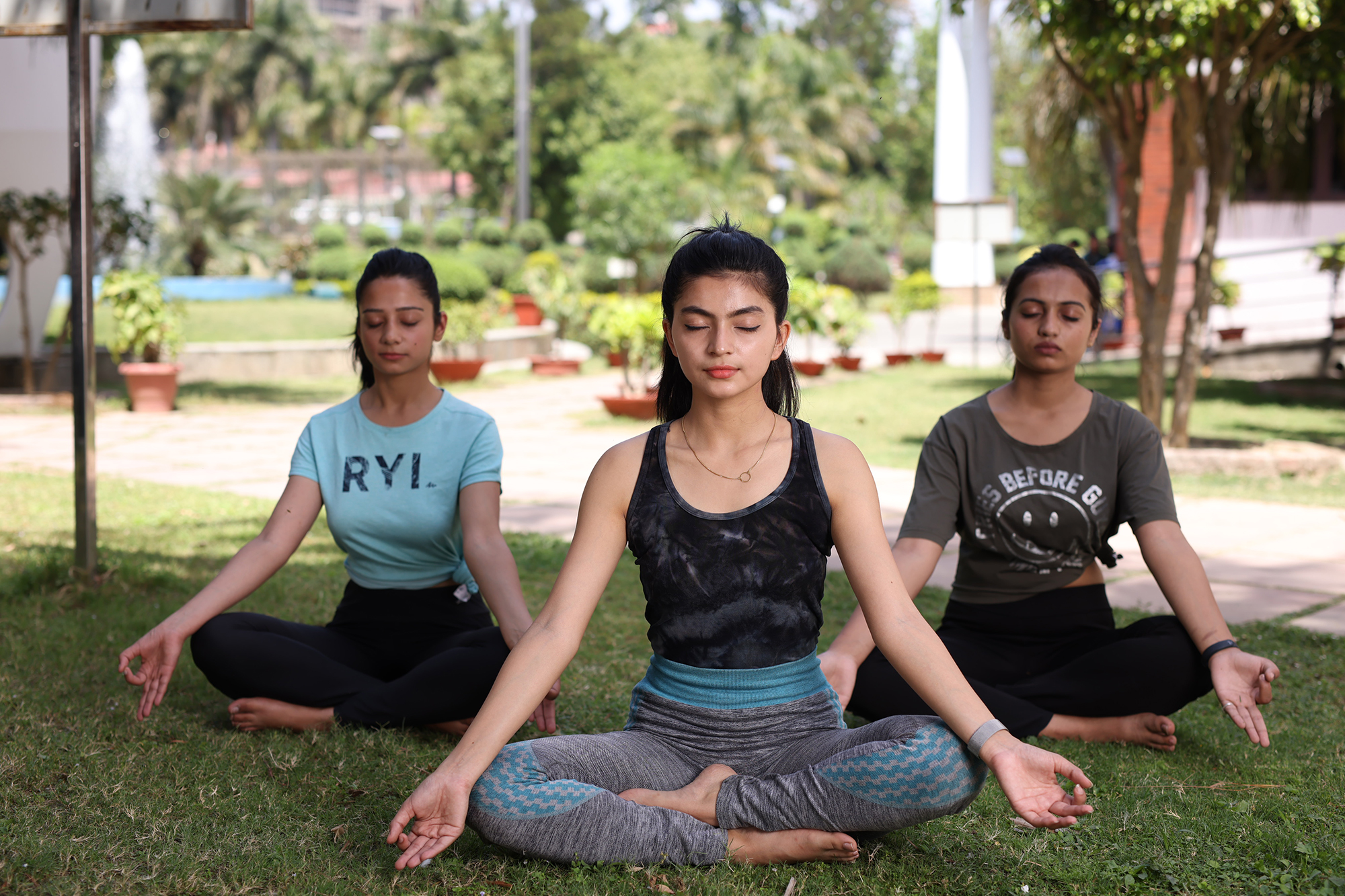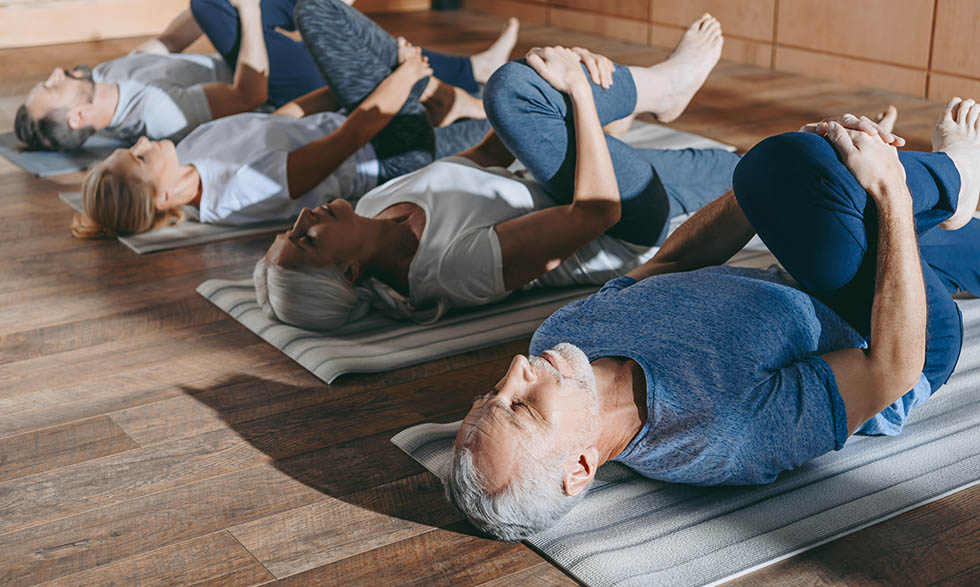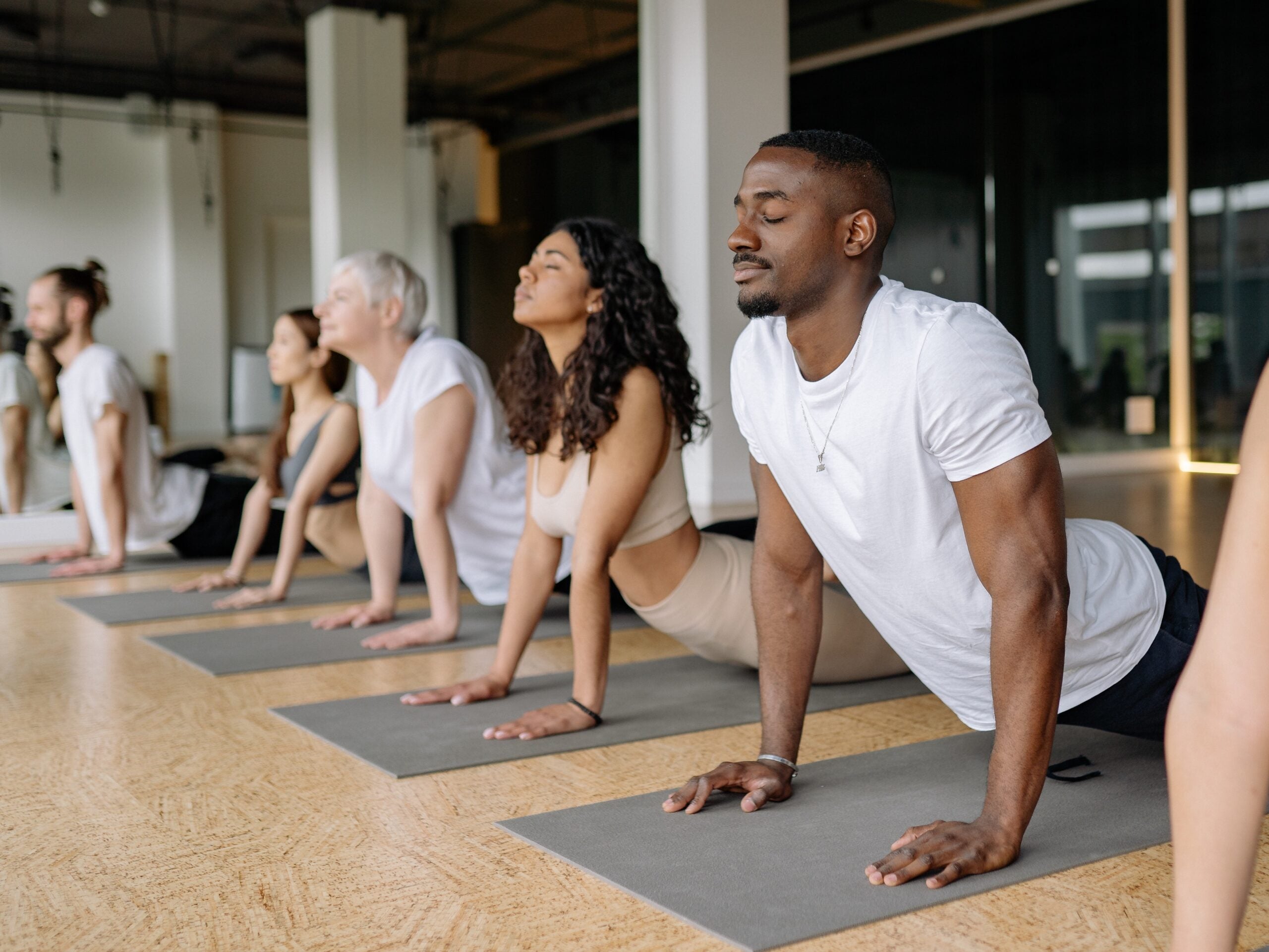
By John M. de Castro, Ph.D.
In today’s Research News article “The Impact of Yoga Intervention on Physical and Mental Health of Adults with Type 2 Diabetes” (See summary below or view the full text of the study at: https://pmc.ncbi.nlm.nih.gov/articles/PMC12068464/ ) Subramani and colleagues examined the effectiveness of yoga practice on the mental health of patients with Type 2 Diabetes. They found that yoga practice produced significant reductions in depression and stress and increases in cognitive function and mindfulness.
Yoga improves mental health in patients with Type 2 Diabetes.
CMCS – Center for Mindfulness and Contemplative Studies
This and other Contemplative Studies posts are also available on the Contemplative Studies Blog http://contemplative-studies.org
Study Summary
Subramani P, Mohan AR, Satish L, Karthikeyan S, Ravi P, Ulagamathesan V, Kannikan V, Viswanathan M. The Impact of Yoga Intervention on Physical and Mental Health of Adults with Type 2 Diabetes. Int J Yoga. 2025 Jan-Apr;18(1):67-73. doi: 10.4103/ijoy.ijoy_219_24. Epub 2025 Apr 22. PMID: 40365367; PMCID: PMC12068464.
Abstract
Aim:
To assess the impact of a yoga intervention on the physical and mental health of adults with type 2 diabetes.
Methods:
This study was conducted at Madras Diabetes Research Foundation, Chennai, for 6 months. Participants aged 18–65 years, diagnosed with type 2 diabetes mellitus (T2DM), and glycated hemoglobin (HbA1c) levels ranging from ≥7.0% to ≤10.5% were recruited. One hundred and fifty-two participants were randomized in 1:1 ratio to either the intervention or control arm by simple random method. The intervention included structured yoga practice for 35 min, every 2 weeks for a period of 12 weeks, and followed up for 3 months. Participants in the control arm received the standard care for diabetes. Sociodemographic data, anthropometric measurements, and blood samples were collected at baseline and final visit. Standard questionnaires were administered for assessing mental health parameters.
Results:
53 of 76 (70%) participants from the intervention arm and 70 of 76 (92%) participants from the control arm completed the study. The mean age of the participants was 53 ± 7.5 years. The mean duration of diabetes of the participants was 10 ± 6.9 years. HbA1c showed reduction postintervention, but this was not statistically significant compared to control. The intervention group showed statistically significant improvements in depression, stress, cognitive function, and mindfulness compared to the control arm.
Conclusion:
Yoga is helpful in reducing depression and stress and enhancing mindfulness and cognitive function in patients with T2DM.






 By John M. de Castro, Ph.D.
By John M. de Castro, Ph.D.